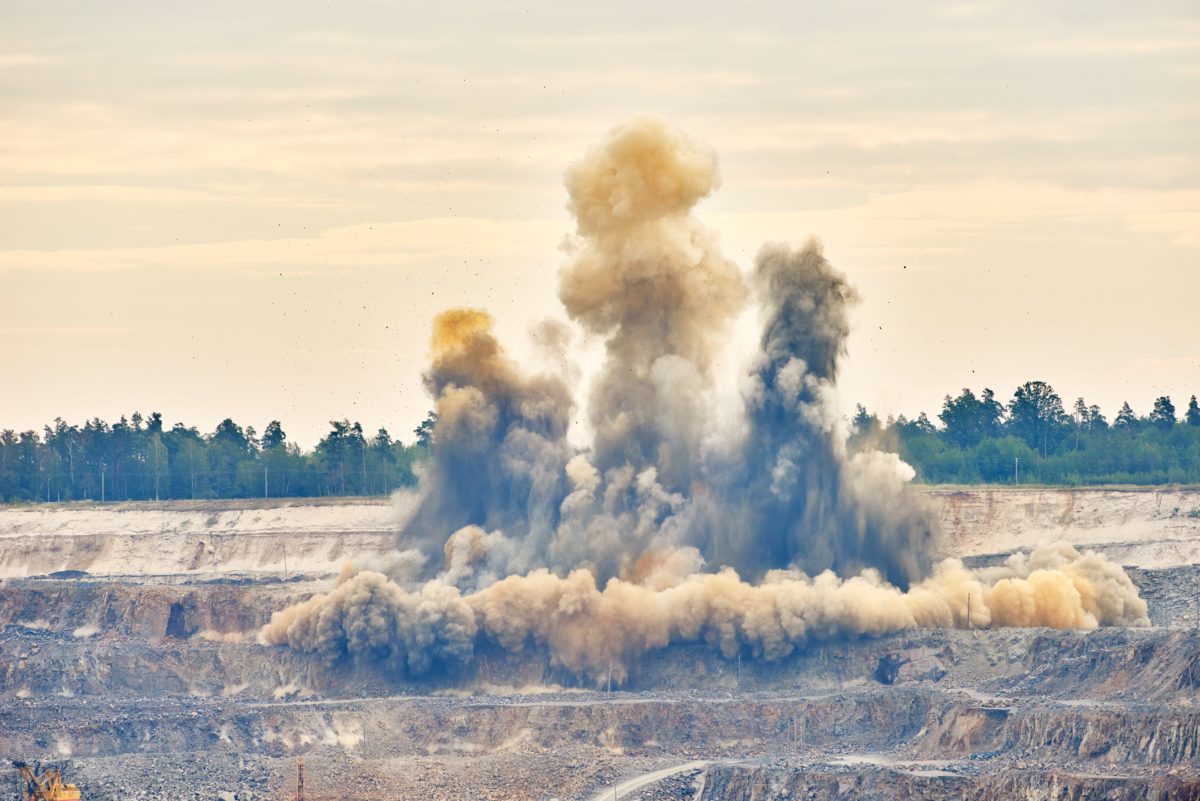
Identifying Blast Injuries > Primary and Secondary Blast Injuries
In our last post, we went over the basics of the four types of blast injuries. With an increase in terrorism and the potential for responding to more blast injuries than in previous years, there is an urgency to fully understand them and coordinate a response plan. As we take a closer look at how to identify these injuries, share this information with your clients and protect their operation with a Volunteer Firefighter Liability Insurance package.
Primary blast injuries.
Primary blast injuries are those that are caused specifically by the detonation itself. The body parts that are typically affected in these blasts are:
- The middle ear.
- Lungs.
- The GI tract.
According to EMS 1, the following types of injuries are typically sustained:
- Blast lung (pulmonary barotrauma).
- TM rupture and middle ear damage.
- Abdominal hemorrhage and perforation.
- Globe eye rupture.
- Concussion, usually with a lack of obvious head injury signals.
Secondary blast injuries.
Because secondary blast injuries are a result of flying debris and bomb fragments, any part of the body can be injured.
The injuries that are typically sustained from secondary blast injuries are:
- Blunt force injuries.
- Penetration ballistic injuries from flying fragments.
Establish a tactical response.
Just as important as identifying these injuries is understanding the additional risk that firefighters and other EMS providers face when responding to these scenes.
While triage and transport are taking place, it is also important to remain mindful of the potential for additional explosive devices designed to injure responding personnel. Having a coordinated response from EMS, fire and law enforcement – including the explosive ordnance disposal unit, the bomb squad – is not only good politics, but may also be lifesaving for you and your colleagues in the event of a terrorist bombing incident. Be sure to know your local protocols and standing orders for management of blast injury and advocate for joint agency training for the ever-present threat of improvised explosive devices.
About Provident FirePlus
At Provident FirePlus, we offer custom tailored packages to best protect firefighters and volunteer firefighters. We understand the risks that emergency response teams are subjected to on a daily basis, and have worked to serve these dedicated professionals for over 87 years. For more information about our products and policies, we invite you to contact our experts today at (855) 201-8880.

